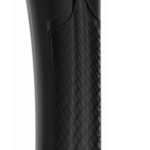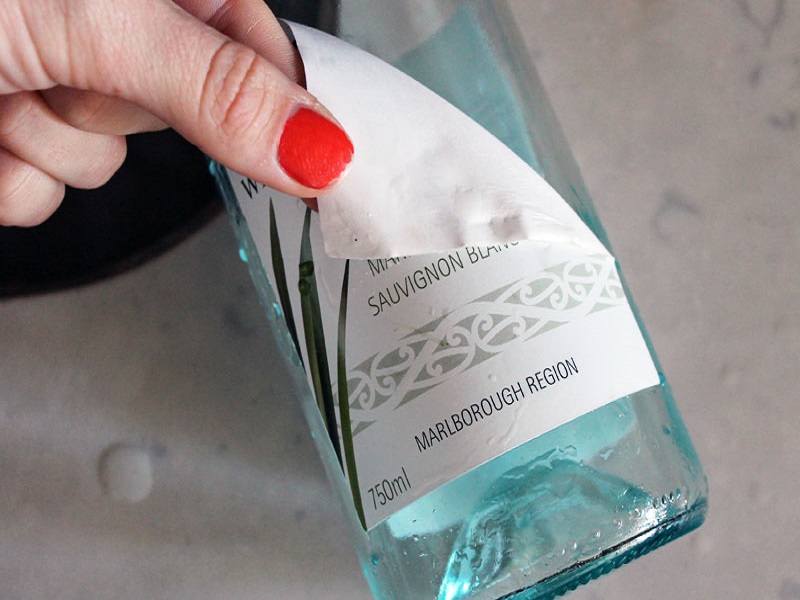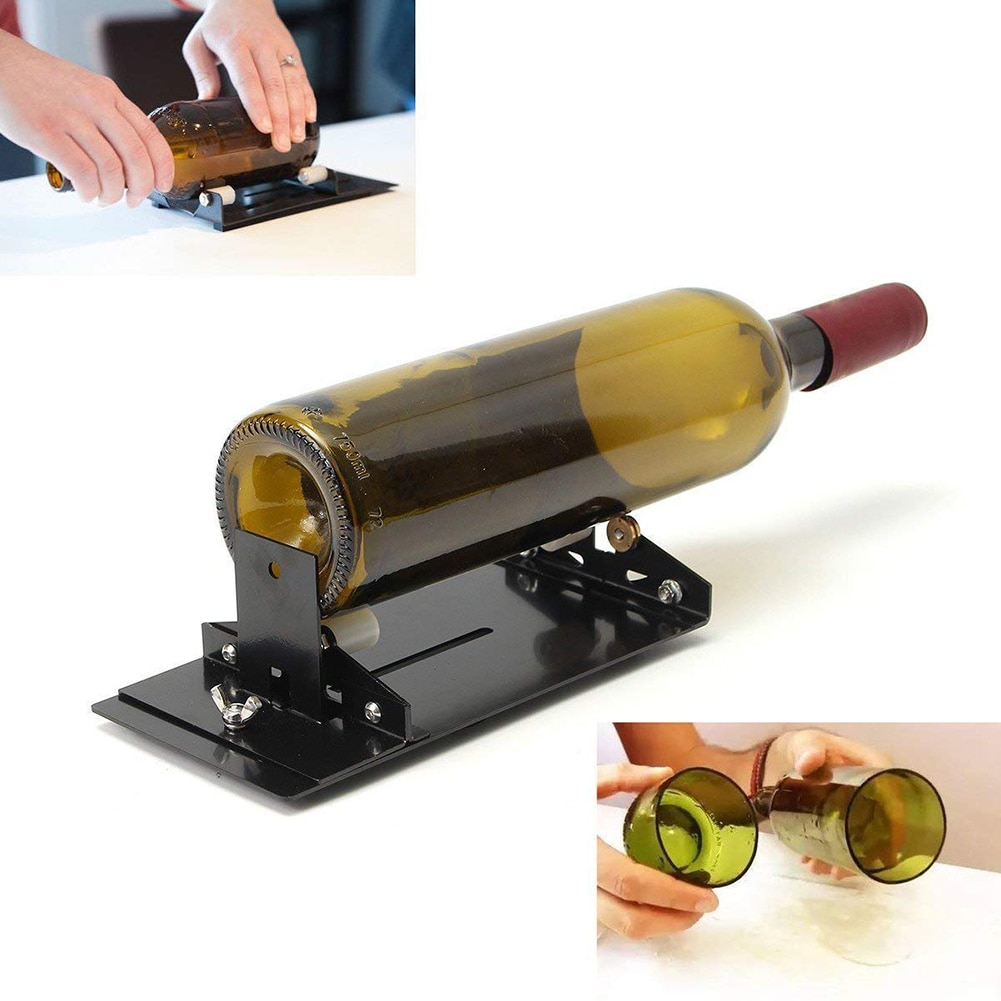How to clean 8 kitchen appliances you rarely touch
Some items and appliances located directly in the kitchen often pass by our attention, but they also require cleaning and regular care. If you forget about them, then very soon you will notice two not very pleasant things. The first is that they have become completely unusable and will have to be thrown away. The second is that mold or an unpleasant coating has appeared on them, which is sometimes very difficult to remove.
A water filter, a wooden knife holder, a toaster, a French press, mugs (in which we drink strong tea or coffee) - all this requires cleaning more often than we might think.
The content of the article
Water filter
Usually, already filtered water gets into the container itself, which in theory should not contain harmful impurities that form plaque. However, if you are super attentive, you can see that a thin slimy coating forms on the bottom and on the lid inside. It is difficult to notice it, since it is transparent, but if the situation is neglected, it is fraught with the formation of mold.
It's very easy to fix. The water filter needs to be cleaned not only when you change cartridges, but preferably more often. For example, once a week will be enough. For cleaning, a mild soap solution is suitable (which must then be rinsed well with water) or your usual dishwashing detergent.If mold has already appeared, then try using table vinegar and no longer ignore cleaning the device.
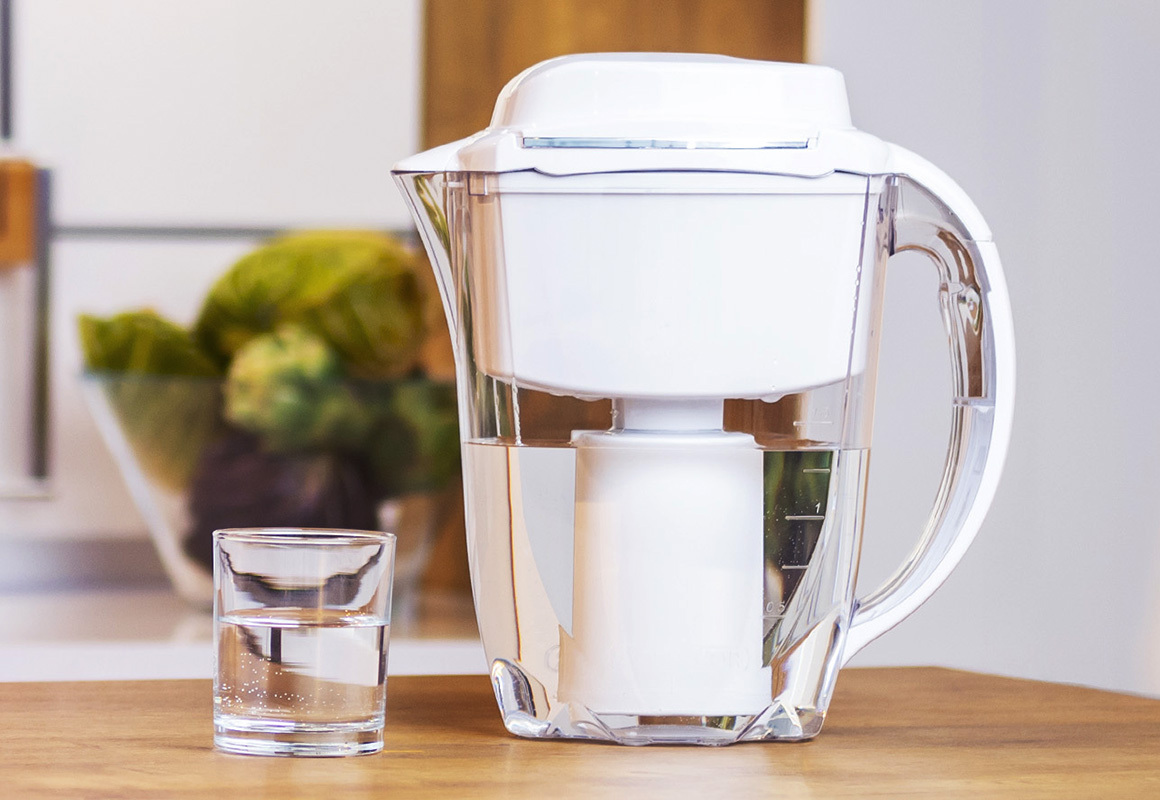
Toaster
You're lucky if your unit has a removable bottom tray - this helps clear it of all the crumbs that collect there. But what to do if this point was not thought through when purchasing, and the bottom of the toaster does not recline? After all, small debris will directly affect the taste of freshly fried toast. We correct the situation in two ways:
- Using a narrow long brush. Additionally, you can turn the toaster over and shake it over the sink.
- Using a hairdryer. Yes, this option is quite controversial, because all the crumbs will accidentally fly out onto the floor, but it’s better than using a clogged device. In addition, if you decide to choose this method, do not forget to switch the mode to cold air.
It is strictly prohibited to wash the inside of the toaster with damp sponges and detergents. Not only will you not wash out all the foam, but you will also damage the heating coils!
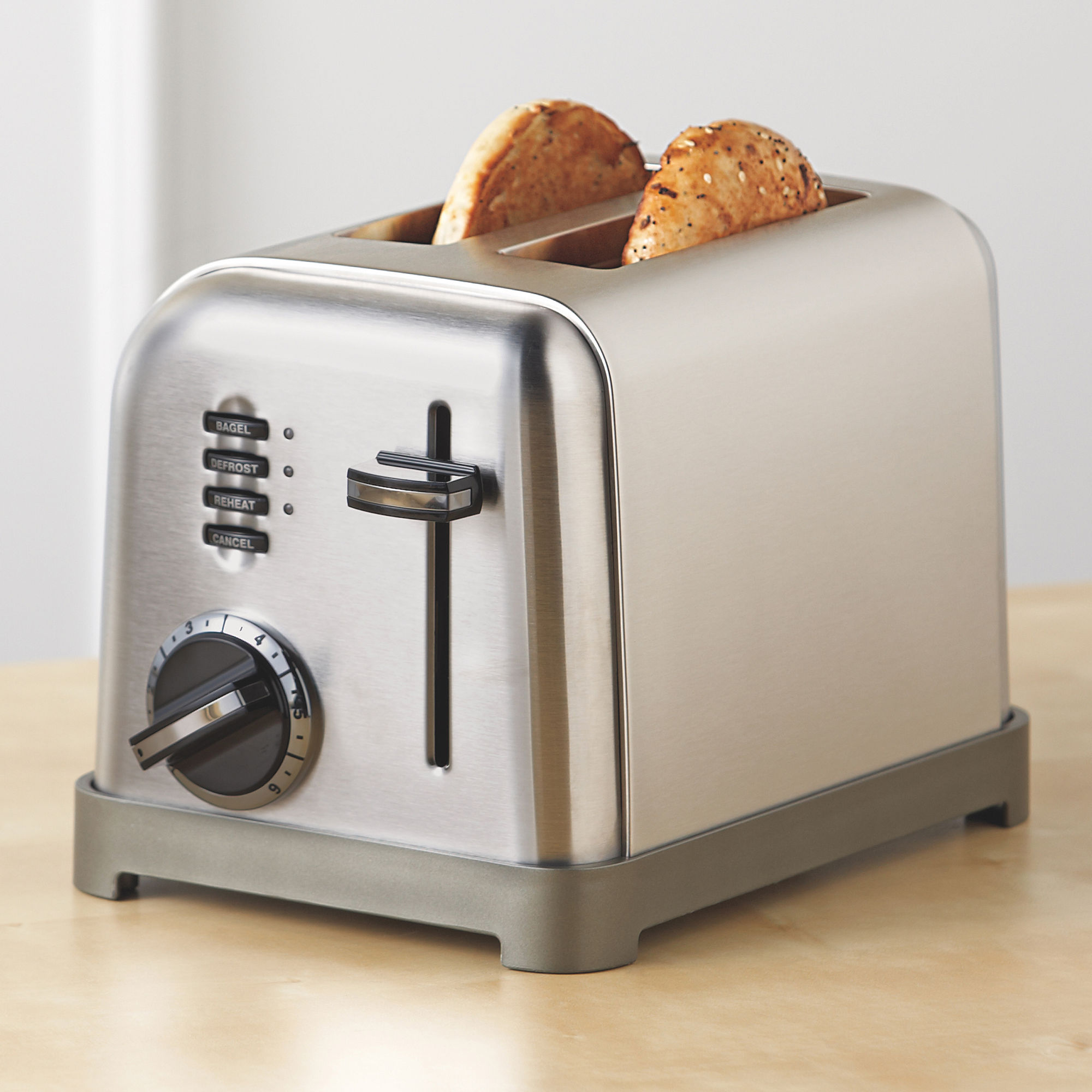
Cups
We are sure that you wash the cups, and constantly and be sure to monitor their cleanliness. However, sooner or later dark stains may appear on the surface - the result of a love of strong tea or coffee. Don't panic: they can be easily washed with soda, and if the situation is not bad, then sometimes plain water and a hard brush are enough.
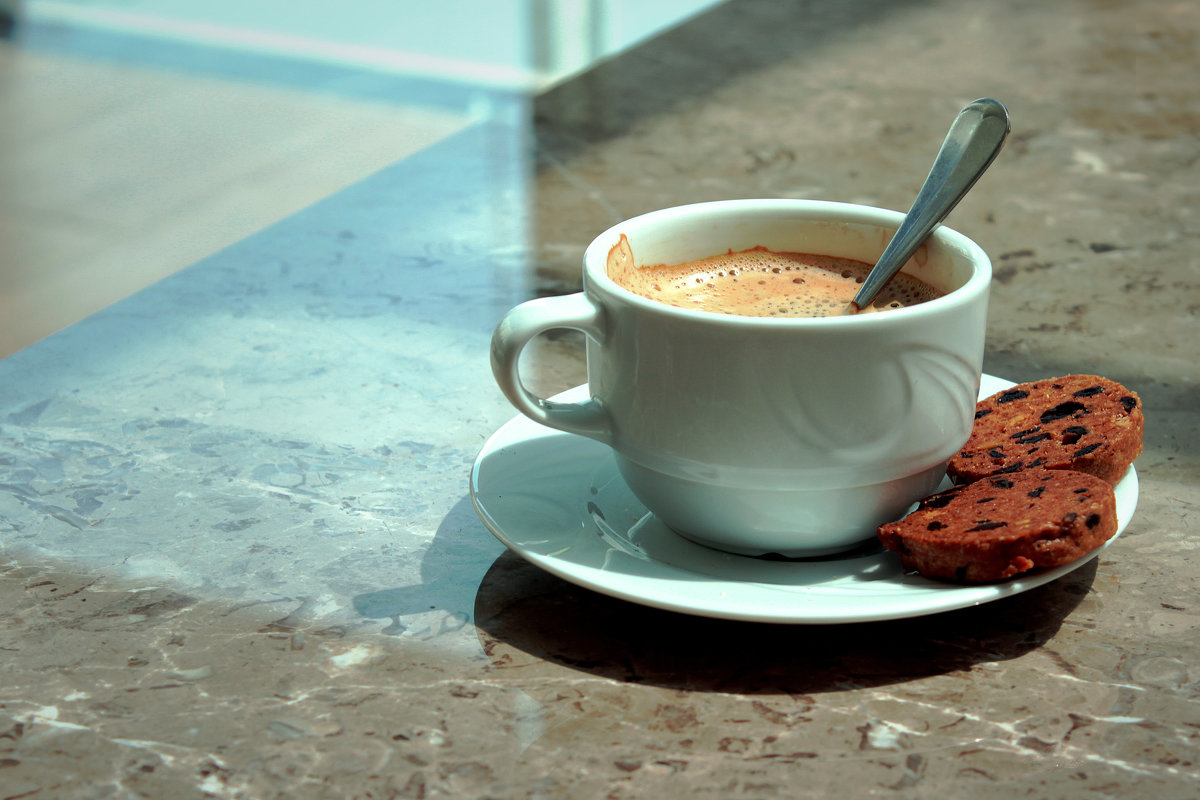
Teapot or French Press
If you use this cookware frequently, a brown coating will appear on it after a while. This, of course, spoils the appearance of the container, especially if it is made of glass. But cleaning it is easier than ever. And it’s even easier to wash the teapot every time after use. If the problem is already present, then it can be solved in this way:
- disassemble the device;
- rinse all surfaces with clean water using a sponge;
- rub the walls with soda or dishwashing detergent;
- rub a little;
- rinse.
Be careful: you should not clean it when the teapot is hot, as the thin material may burst due to temperature changes.
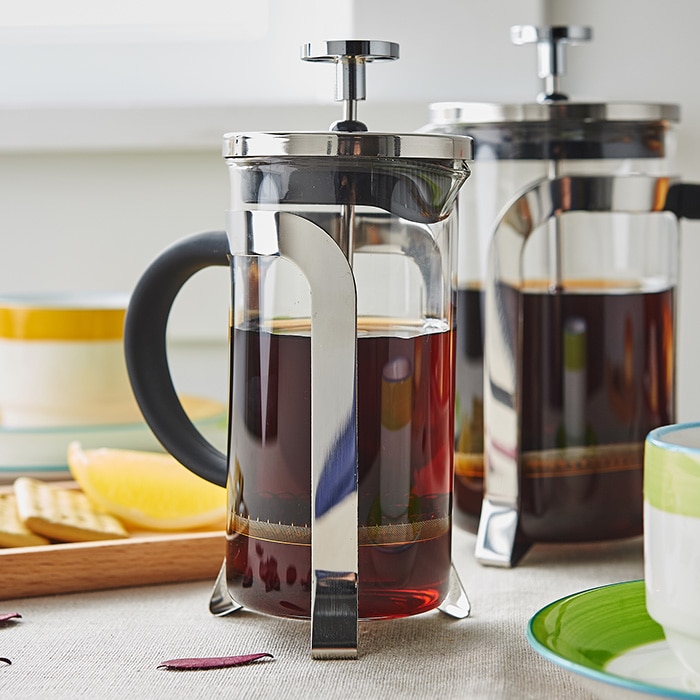
Lunch boxes
Meal containers have long become commonplace for those who like to take home-made lunches to work. Parents of schoolchildren, as well as students, did not ignore them. Whatever you say, the thing is convenient and practical. But over time, they all turn yellow, since most of them are made of plastic and discoloration in this case is common. In addition, the appearance of an unpleasant odor cannot be ruled out. Whatever one may say, contact with products makes itself felt. Fixing both problems is very simple.
To clean any lunch box, just rub it with laundry soap and leave it for a while, then rinse with water. A more efficient method can be used. It also involves the use of a household bar, but in this case it needs to be grated, mixed with a small amount of water (until a thick paste forms) and thoroughly coat all surfaces of the container with this mixture. Then leave it in this form for 3-4 hours and rinse again with water.
But to remove the unpleasant odor, take baking soda, pour it into a container, add a little water and leave in the same way for a couple of hours. In this case, soda will act as an absorbent and easily absorb all the aromas.
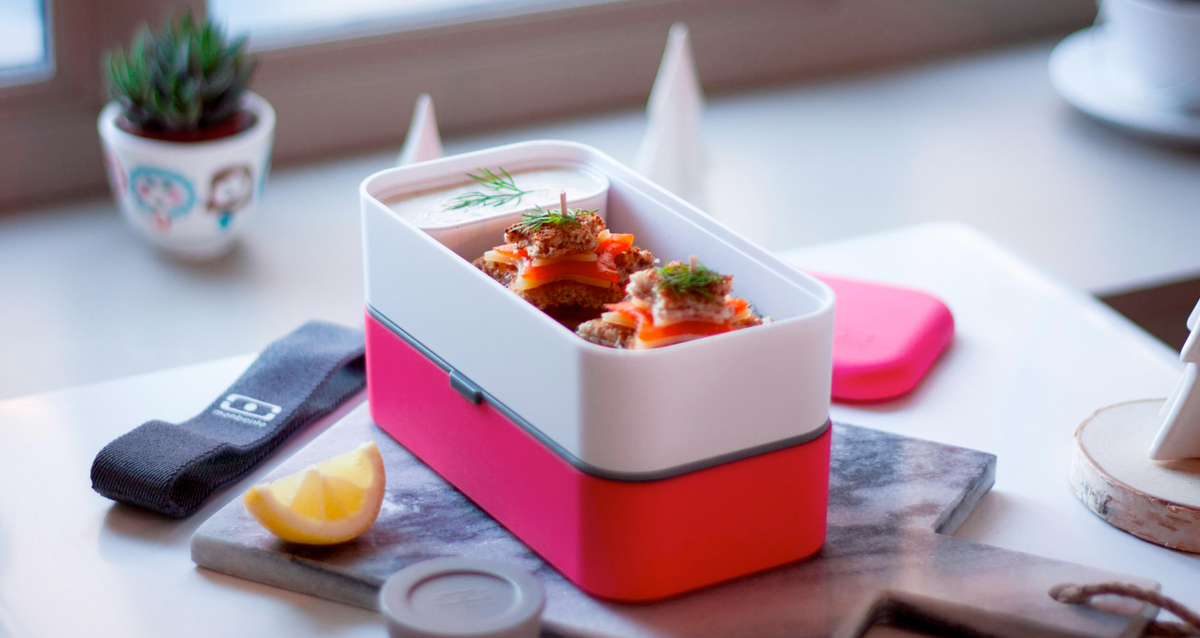
Electric and regular kettle
If you do not use purified water, then sooner or later a coating will appear on the walls of the dishes, also known as scale. Getting rid of it is sometimes difficult, but everything is completely solvable. Citric acid will come to the rescue.Pour the powder into the device, add water and bring to a boil. Then the inner surface must be rinsed well.
Carrying out a similar procedure with an electric kettle is quite problematic, since it automatically turns off and simply does not allow the lemon to work. In this case, you can boil the mixture several times. But be extremely careful: if your device is not of high quality, the heating element will simply burn out from prolonged operation. In this case, you can try to do it differently: boil the solution and let it cool in the kettle, and then repeat the procedure.
If the plaque is too strong, use two sachets of citric acid.
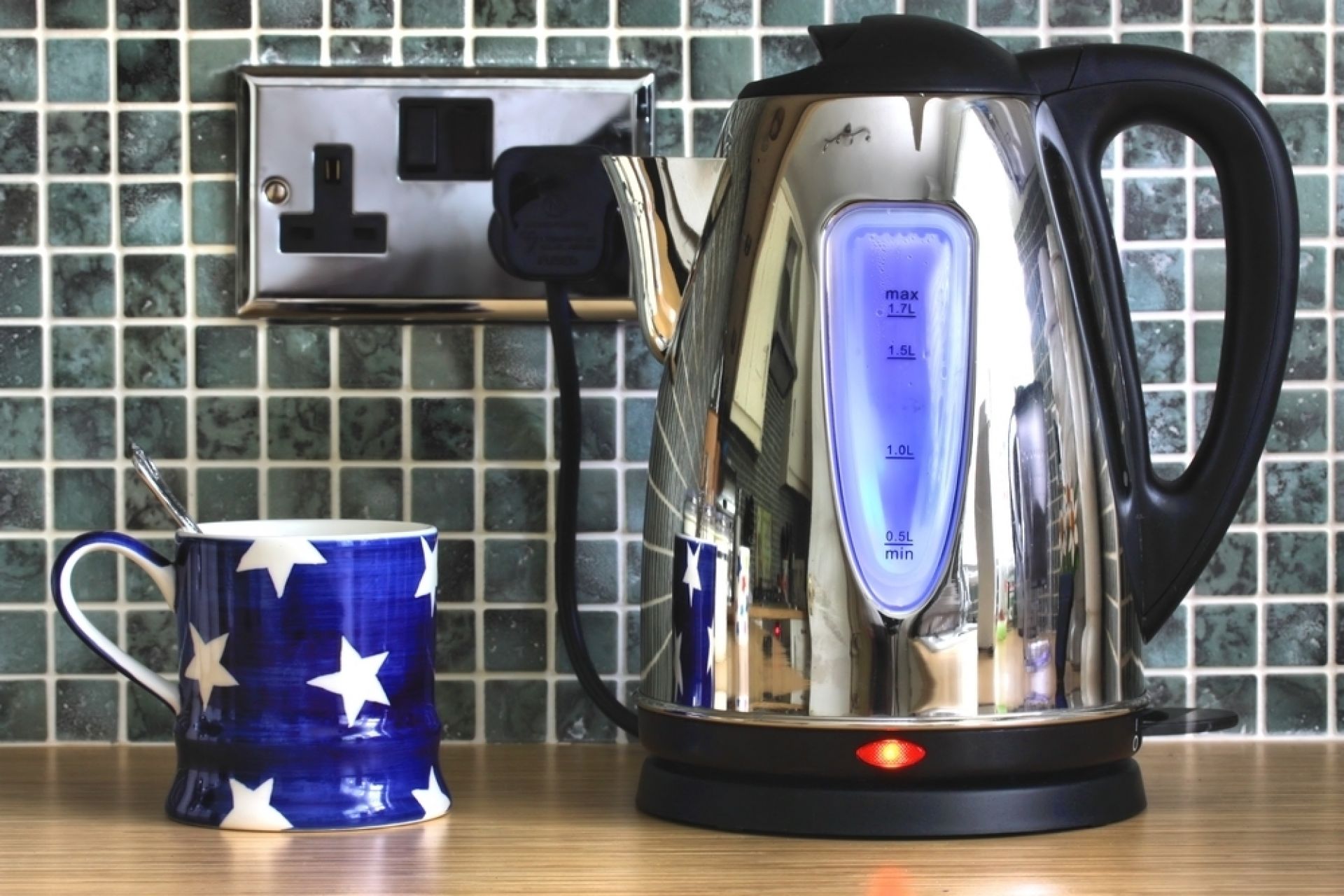
Wooden knife holder
Storing knives in a special holder is definitely a necessity. However, when the product is made of wood, a lot of problems immediately arise. Firstly, if you are used to folding knives when wet, then it is possible that mold is already “walking” in the holes with might and main. Secondly, dust and small debris can penetrate even into narrow cracks, but cleaning them is still quite difficult.
Hydrogen peroxide or table vinegar 9% solves everything:
- release the holder from the knives;
- turn it over and shake out all the crumbs and small debris;
- clean the outside with a brush and soap or dishwashing detergent;
- wipe with a dry cloth;
- now take a thin narrow brush (for baby bottles) and apply vinegar or peroxide (a small amount) to it;
- thoroughly clean the holes.
At the end of the work, try to wipe the holder as dry as possible, and then leave it for a day so that the moisture completely evaporates.
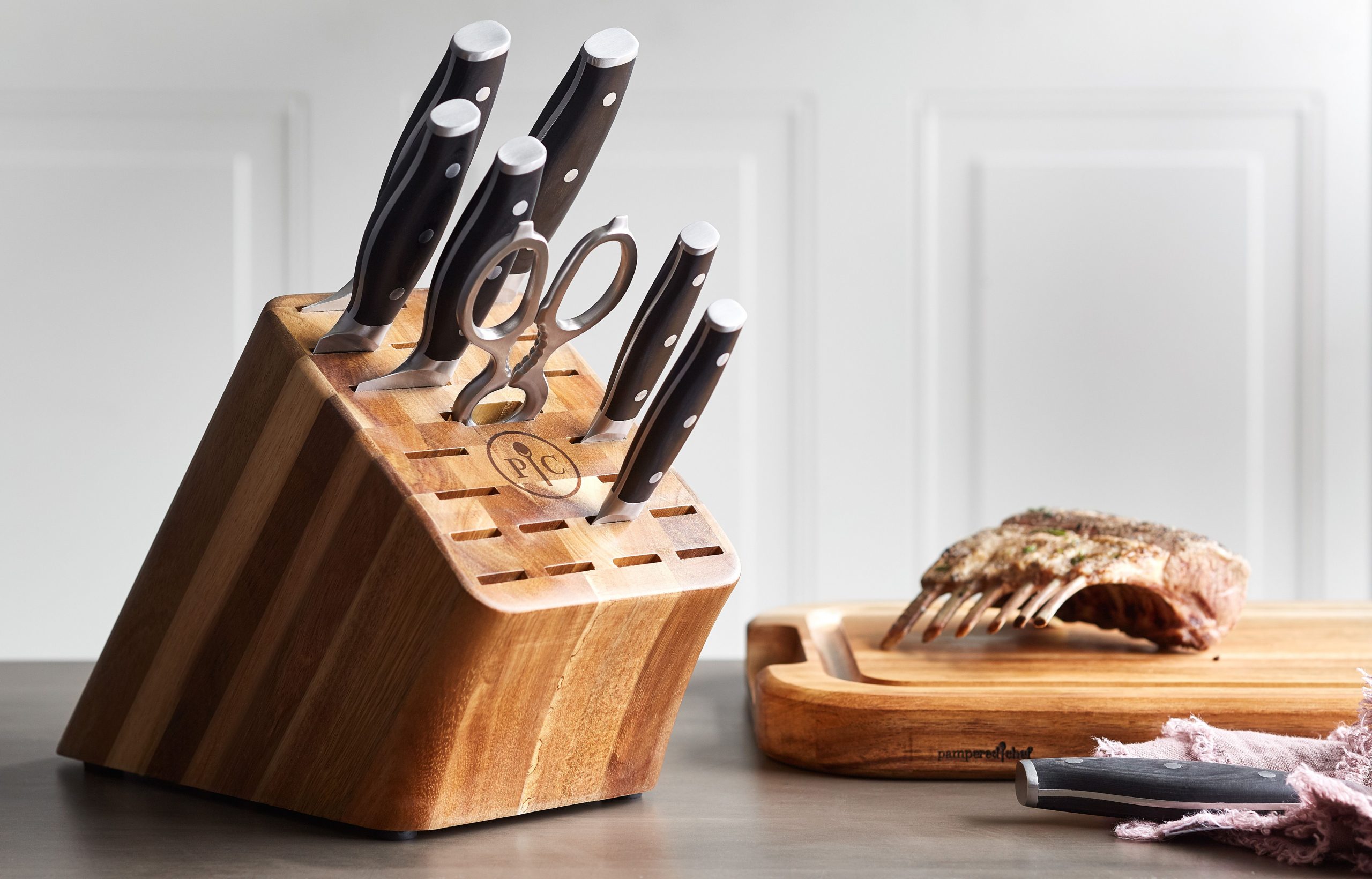
Cloudy glass glasses
Usually clouding of glassware is caused by too hard water.This does not happen immediately, of course, but over time. Regular vinegar 9% will help clean glasses.
- Take a deep container and pour a solution of water and vinegar (1:1) into it.
- Place cloudy dishes in it and wait 30 minutes.
- After the time has passed, analyze the result. If they are still cloudy, leave for another half hour and then rinse well with water.
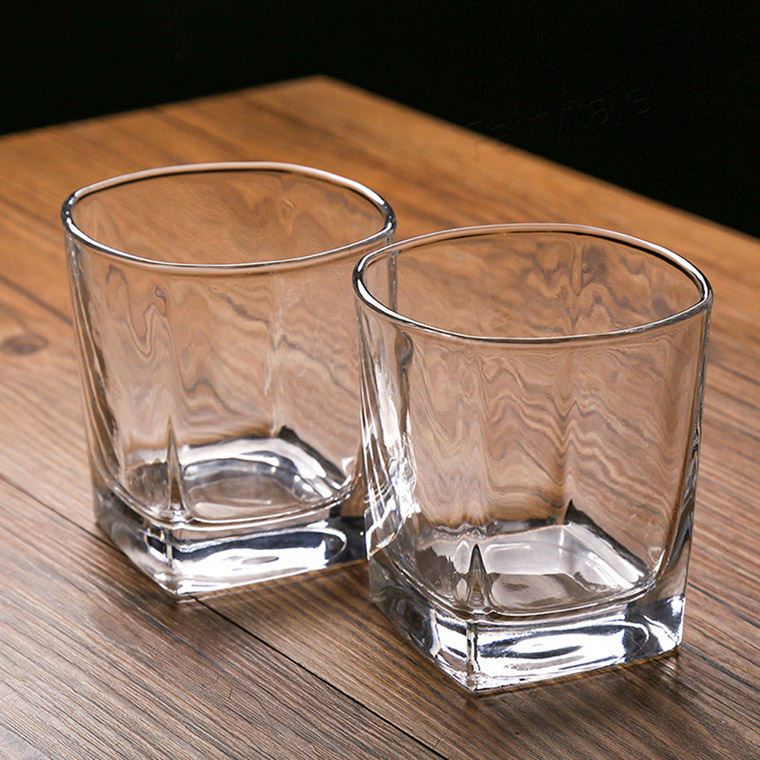
Even if you carefully monitor the cleanliness of household appliances, dishes and other devices that are in the kitchen, this does not exclude the possibility that they all tend to become dirty. And even if this happened, and you discovered a similar problem, then there is absolutely no need to think that you are a bad housewife. This can happen to anyone. The main thing is to correct the situation in a timely manner and forget about it again for a while.



